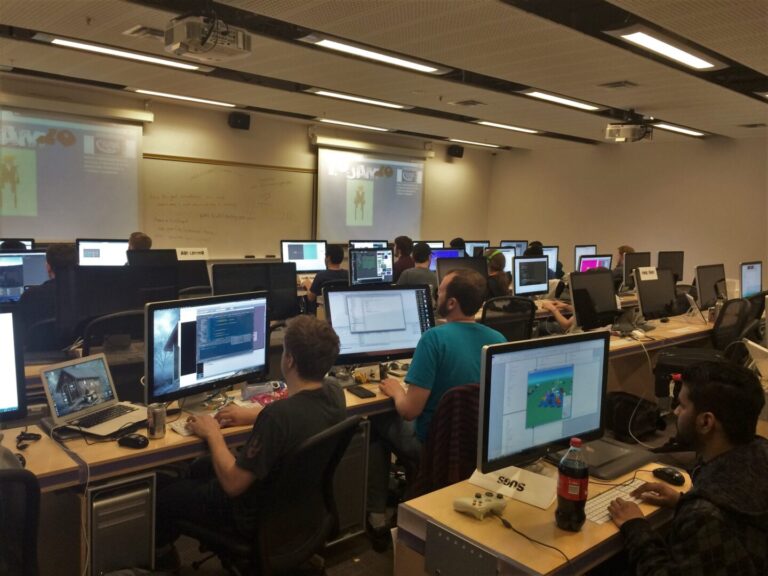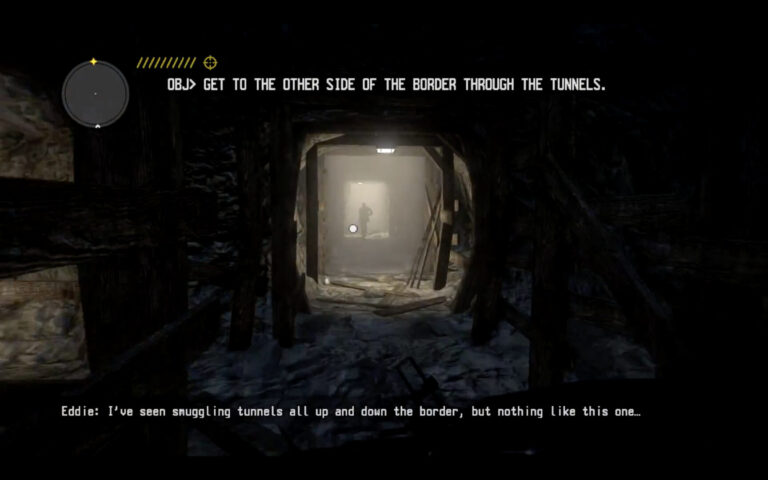The notion of scenes has helped frame how particular clusters of cultural activities, practices, and “happenings” simultaneously replicate and transform global practices in specific localities. The study of scenes has aided us in examinations of how geographic and virtual localities create and shape global industries, movements, and genres. In this article, I focus on the Toronto game production scene to examine how it replicates and transforms the wider cultural norms, working conditions, and genre productions of the global game industry. Based on a two-year ethnography of the scene, I survey how gamemakers maintain and challenge the expected norms and practices of industry and platforms in the production of local games. To identify these clusters of cultural activity, I develop the notion of scenes as palimpsests to trace how gamemakers replicate and transform industry cultural norms and practices in the local scene. The last decade has seen the emergence of social media platforms as a venue for participants of scenes to discuss, create, and disseminate their works with geographically local and global audiences. The textual spaces of these platforms connect participants of local production scenes to a global community defined by geography, industry, and genre. By tracing scenes through its inscriptions, I examine how these platforms are centers for encounters between the values and practices of the Toronto game production scene and the wider industry. This article is about how the geographical cultural activities of scenes are shifting into virtual environments, and how these virtual spaces are transforming the cultural norms and practices of gamemaking and its associated activities, such as socials, game jams, and “talking shop.” I argue that analyses of globalization must consider the wider physical and virtual infrastructures of local production to understand how cultural media are produced and circulated around the globe.
Keyword: video games
First-Person Shooters, Tunnel Warfare, and the Racial Infrastructures of the US–Mexico Border
Digital networked media actively participate in the nation-state’s and tech entrepreneurs’ efforts to imagine and manage the borderlands. These media facilitate virtual forms of thinking about the border both by offering popular reference points for the new technology being developed (e.g. Google Maps, Pokémon Go, Call of Duty) and by providing the actual tools through which these ideas can become actionable. This article analyzes one such reference point within the first-person shooter (FPS) console game Call of Juarez: The Cartel (Ubisoft, 2011). Like other border-themed video games, The Cartel borrows on colonial tropes and ideologies by creating playable narratives that invoke the untamable frontier and position racialized subjects as Other. Through its virtual modes of representation and interaction, the game encodes the racialization processes that continue to shape popular imaginings of the border. While its digital aesthetics animate a dynamic space of possibility, the logic of the first-person shooter reins in the expansiveness of animated space by restricting it to an interactive experience of tunnel warfare, an ideological orientation to the border underground that channels the players’ purposive motion into a space of direct confrontation and racial violence. Analyzing the narrative and procedural work of this ostensibly reactionary video game demonstrates how border infrastructures structure and shape specific forms of racial and colonial violence.
Review of Open World Empire: Race, Erotics, and the Global Rise of Video Games by Christopher B. Patterson (New York University Press)
In Open World Empire: Race, Erotics, and the Global Rise of Video Games, Christopher B. Patterson critically analyzes video games through the methodological framework of erotics. In doing so, he provides astute insights into the ways in which video games can work to challenge essentialized narratives and constructions of race while also fostering greater awareness and understanding of one’s own place within the larger geopolitical systems of capitalism and empire. Through understanding video gamers as not simply passive receptors of ideology, but rather as active participants in the gameplay experience, he contends that video games create pleasure and other forms of affective engagement through erotic play. Through this erotic play, Patterson argues that “games enact playful protests against the power, identity, and order of information technology” (7).
Review of Atari Age: The Emergence of Video Games in America by Michael Z. Newman (MIT Press)
Newman examines the early period of video games in America when arcades and game rooms emerged in suburban malls around the country, televisions became ‘entertainment centers,’ and computers and game consoles were one in the same. As an introduction to the politics and economics of early home video games, Atari Age is a good starting point for readers looking to familiarize themselves with the foundational actors and social contexts surrounding the industry in the 1970s and early 1980s.



